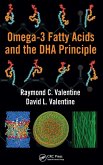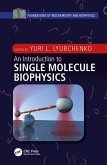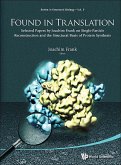Amyloid fibrils are known for their association with many devastating human diseases, but non-pathogenic amyloid with surprisingly useful roles have been recently identified in a wide range of organisms in nature. This is the first book that provides the latest and most comprehensive information on functional amyloid in a single volume. Chapters cover the importance of amyloid fibrils in fungi, bacteria, algae, invertebrate and vertebrate animals, for providing environmental protection, structural integrity and regulating biochemical processes. The exploitation of functional amyloid as a strong, nanostructured biomaterial is included, as well as consequences of their study for the treatment of amyloid-related diseases. Functional amyloid is challenging the previous belief that amyloid is exclusively considered to be a toxic structure associated with protein misfolding and misassembly. This book therefore provides an exciting perspective for the study of amyloid deposits as important and useful protein structures widespread in nature. The book The Functional Fold: Amyloid Structures in Nature, is a comprehensive review by contributing authors of this diverse area of functional, physiological amyloid structures. The intended audience is academics, postgraduate and postdoctoral researchers in biochemistry, biotechnology, biophysics, botany, zoology, cell biology, molecular biology, and readers from the general public interested in fundamental processes within the life sciences. The book can ideally be a textbook for the study of protein structure and function.







